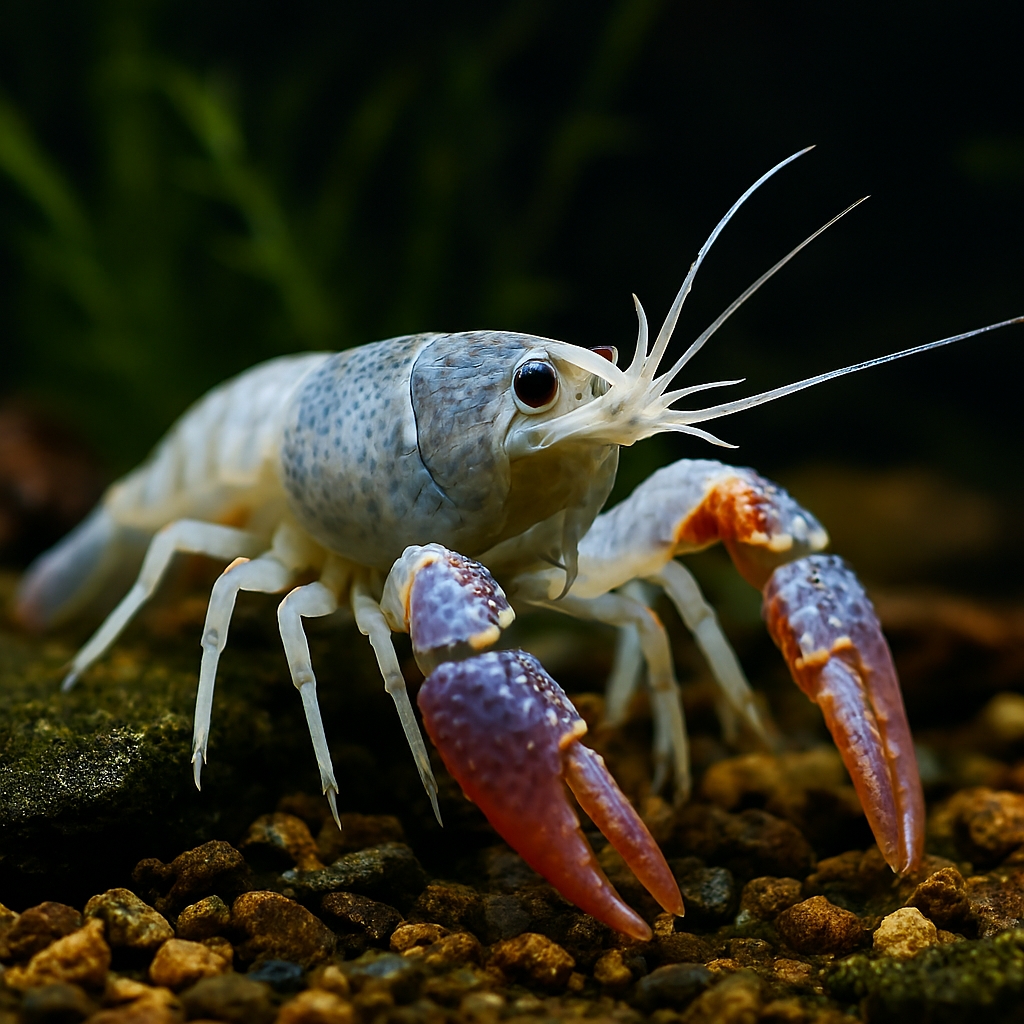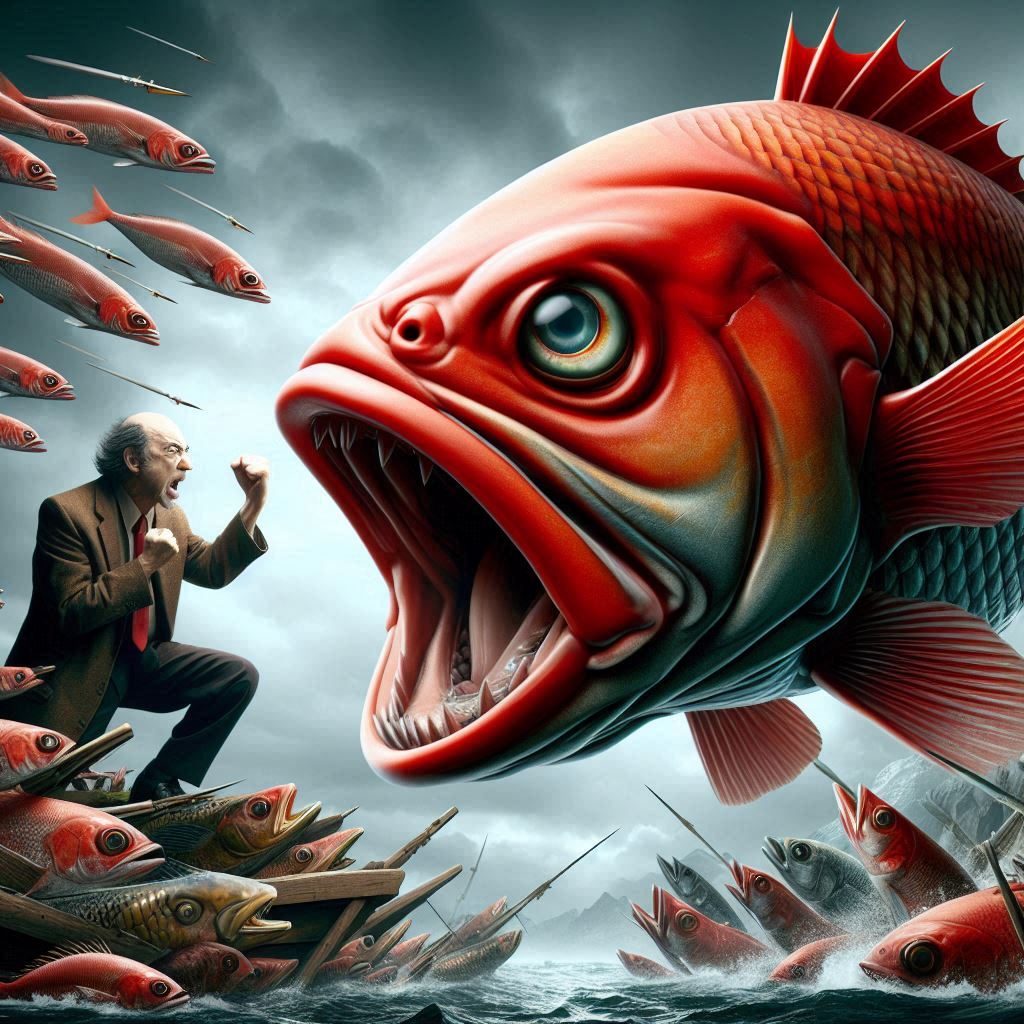Man-Made Large-Scale Rivers
Constructing Man-Made Large-Scale Rivers is a huge idea and maybe a bit too ambitious for the moment. Is it a possibility for the future even though it.
Feasibility & Challenges Of Constructing Man-Made Large-Scale Rivers
Rivers, with their meandering paths and life-giving waters, have shaped civilizations for millennia. But can we intentionally engineer rivers on a grand scale? Is Constructing Man-Made Large-Scale Rivers Possible?
Ocean Diversion Of Man-Made Large-Scale Rivers
Imagine channeling ocean water inland to create a river. One audacious proposal involves connecting the Mediterranean Sea to the heart of Africa, intersecting Libya, Algeria, Niger, and Chad. Alternatively, a channel from the Pacific Ocean through California to the Mojave Desert could transform arid landscapes. However, the central challenge lies in desalination—converting seawater into freshwater.
Desalination Technology
Desalination removes salt from seawater, but it’s energy-intensive. Once water reaches inland, natural processes like evaporation can further desalinate it. Managing distribution—ensuring water reaches communities and farmlands without stagnation or salinization—is crucial. In Frank Herbert’s Dune, the Fremen dig massive wells to capture water, aiming to turn their desert into a lush paradise. Could we apply a similar approach on a larger scale even possible Constructing Man-Made Large-Scale Rivers?
Ecological Impact
Creating an inland sea in the Sahara might increase humidity and encourage rainfall. However, ecosystems depend on more than just water. Historical forested periods in the Sahara were due to increased rainfall, not just groundwater. Balancing ecological impact with water availability is essential.

Man-Made Large-Scale Rivers
Will This Idea Materialize?
The concept of constructing man-made large-scale rivers is captivating, but several factors influence its feasibility:
Technological Advancements
Advancements in desalination technology, renewable energy, and water distribution systems are crucial. If we can efficiently desalinate seawater and transport it inland, the dream of man-made rivers becomes more attainable.
Environmental Impact Assessment
Before implementing such projects, rigorous environmental impact assessments are necessary. We must consider ecological consequences, habitat disruption, and long-term sustainability. Balancing everything is essential.
Collaboration and Investment
International collaboration and substantial investment are vital. Imagine a global effort to transform arid regions into fertile landscapes. Governments, organizations, and communities must work together to make it happen.
Vision and Determination
Ultimately, the question isn’t whether it’s possible, but whether we have the vision and determination to create something extraordinary. As we face water scarcity and climate challenges, man-made rivers could be our lifeline.
Rivers vs. Canals
What Sets Them Apart?
———————
Origin and Flow
Rivers
Rivers are natural watercourses that flow due to gravity. They originate from various sources, such as springs, glaciers, or rainwater, and follow a natural path until they discharge into a lake, sea, ocean, or another river.
Canals
Canals, in contrast, are entirely human-made. They exist where water doesn’t flow naturally. People construct canals to connect existing rivers, lakes, or seas for specific purposes.
Purpose
———————-
Rivers
Rivers serve as vital components of ecosystems. They drain watersheds, provide habitats for aquatic life, and contribute to natural processes.
Canals
Canals have specific functions. They support human activities like transportation, irrigation, hydroelectricity, and water supply. Unlike rivers, canals are solely for human use.
Flooding
—————
Rivers
Rivers can cause both beneficial and disastrous floods. Their natural flow patterns lead to periodic inundation of adjacent land.
Canals
anals are designed to avoid flooding. Their controlled water levels prevent unexpected inundation.
Rivers are nature’s work, while canals are channels crafted by humans. Each plays a completely different role in shaping our world.

Constructing Man-Made Large-Scale Rivers
Pros
————-
Water Supply
Man-made rivers can provide a reliable water supply for agriculture, industry, and human consumption. They mitigate water scarcity in arid regions.
Navigation and Trade
Canals, a type of man-made river, facilitate the transportation of goods. They connect cities, ports, and industrial zones, boosting trade and economic growth.
Hydropower Generation
Man-made rivers with dams can generate hydroelectric power. They harness the energy of flowing water, contributing to renewable energy sources.
Flood Control
Well-designed canals divert excess water during heavy rainfall, reducing flood risks in vulnerable areas.
Aesthetic Value
Man-made rivers enhance urban landscapes, providing recreational spaces, waterfronts, and scenic views.
Cons
————–
Environmental Impact
Altering natural watercourses affects ecosystems. Canals disrupt habitats, alter water quality, and harm aquatic life.
Maintenance Costs
Man-made rivers require ongoing maintenance, dredging, and repairs. Neglect can lead to silt buildup, reduced flow, and inefficiencies.
Land Acquisition
Constructing canals involves acquiring land, displacing communities, and altering local ecosystems.
Energy Intensive
Desalination for ocean-diverted rivers consumes significant energy. Balancing energy costs with water availability is critical.
Ecological Imbalance
Man-made rivers may inadvertently alter local climates, affecting rainfall patterns and vegetation.
Conclusion
Creating man-made rivers is a testament to human ingenuity. As we dream of transforming deserts into flourishing waterways, we must tread carefully. Balancing technological advancements, environmental impact, and collaborative efforts will determine our success.
In this watery saga, we play the roles of engineers, ecologists, and visionaries. Whether these ambitious watercourses flow through our future remains uncertain, but the journey itself is worth every ripple.
What do you envision for our world’s aquatic future?
While Constructing Man-Made Large-Scale Rivers remains ambitious, it demands a holistic approach. We must address desalination, distribution, and environmental consequences. Perhaps one day, our ingenuity will transform deserts into thriving waterways, benefiting both nature and humanity.
As we embark on this aquatic adventure, let’s remember that every drop counts. Whether these ambitious watercourses flow through our future remains uncertain, but the journey itself is worth every ripple. Our collective vision and determination will shape the course of these man-made rivers.
Join the Conversation
As we explore the concept of man-made rivers, we invite you to share your thoughts. How can we balance technological advancements with environmental stewardship? What role do canals play in connecting communities and boosting trade? Join our discussion and let’s navigate the waters together!
#WaterEngineering #HydroProjects #DesalinationTech #EcoBalance #RiverCreation #CanalNetworks #WaterwayInnovation #SustainableRivers #AquaticVision #NavigatingNature #WaterInfrastructure #FlowingFutures #RiverEcosystems #CanalDesign #WaterSecurity #HydropowerPotential #EnvironmentalImpact #WaterwayConnectivity #RiparianLife #DesertTransformation #NavigatingChallenges #RiverConservation #CanalNavigation #WaterwaySolutions #AquaticDreams #RiverineEcology #CanalProspects #WaterwayBalance #InlandSeas #FlowingForward

















Leave a Reply